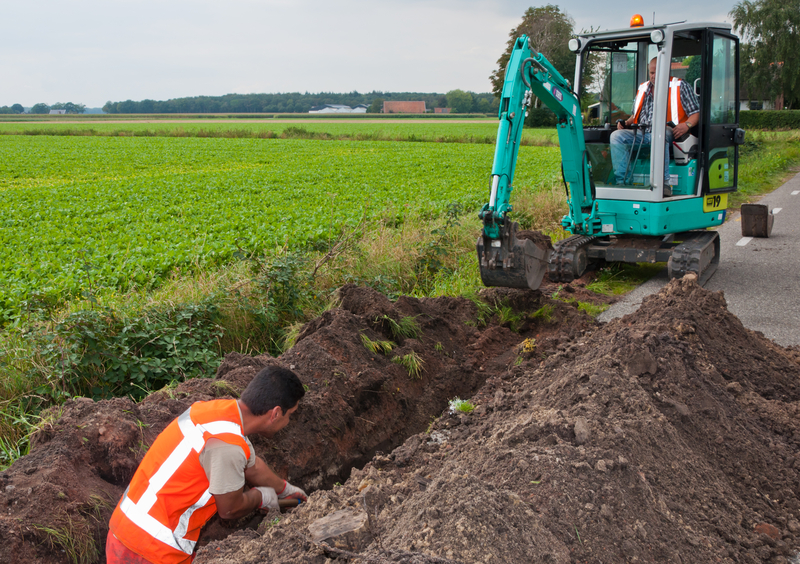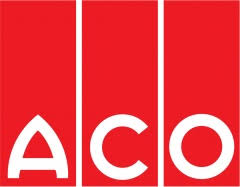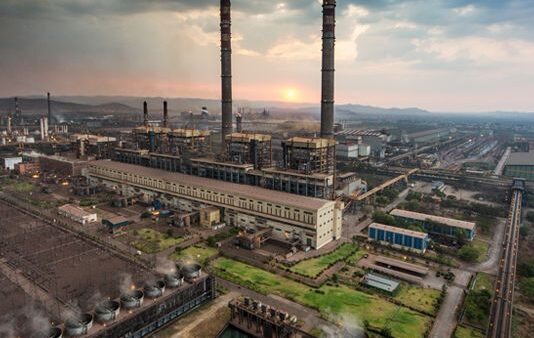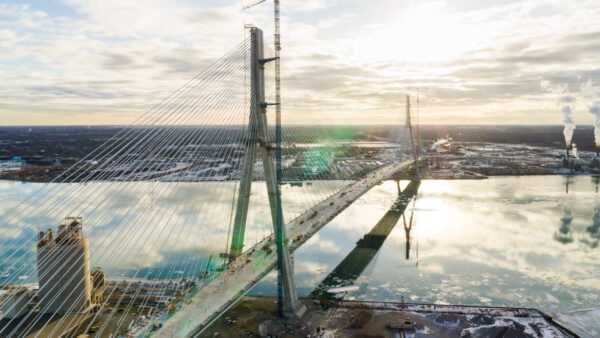
Dutch grid operator Liander has warned that 317 of its construction projects are at risk because the government has delayed a decision on how to combat nitrogen pollution, the NL Times reports.
The country has a problem with soil infused with nitrogen compounds, mostly from intensive livestock farming but also from vehicle emissions and other sources.
In January, a court ruled in favour of Greenpeace, ordering the government to bring at least half of the country’s most vulnerable habitats below harmful nitrogen thresholds by 2030 or pay a €10 million penalty.
The situation has led to a regulatory bottleneck where more nitrogen permits are needed than are available. Liander says it can’t start installing higher capacity cables and substations because of it.
Grid design director Huibert Baud said the four-party coalition government’s decision not to address the issue in its spring financial statement would have “enormous consequences for Dutch energy supply”.
The lack of clarity means that Liander’s planned schemes will wait longer to be given regulatory approval, which will lead to delays or cancellations.
Strengthening the grid is urgent in the Netherlands.
Dutch construction lobby group Bouwend Nederland said last month that nitrogen regulations may cut the number of new homes built by a third, and put 75% of plans for schools, hospitals and other public service buildings in doubt.
Some 20,000 industrial, commercial and residential applicants are presently awaiting grid connection.
Liander said 50 new homes in Wogum, north of Amsterdam, would not be able to have a power connection owing to a lack of capacity.
In some regions, such as the Veluwe heathlands, a protected area covering 900 sq km, permits may be impossible to obtain.
The construction sector accounts for 0.6% of the Netherlands’ nitrogen emissions. Most of this is produced by the equipment used during building work.
- Subscribe here to get stories about construction around the world in your inbox three times a week
Further reading:










